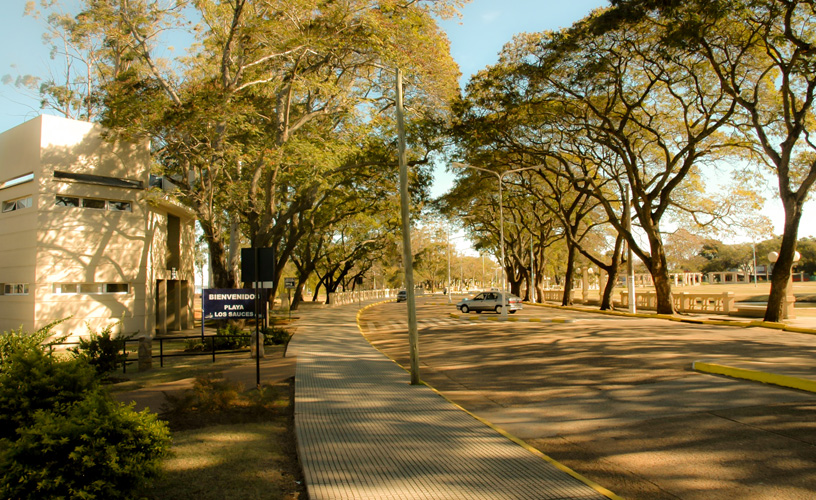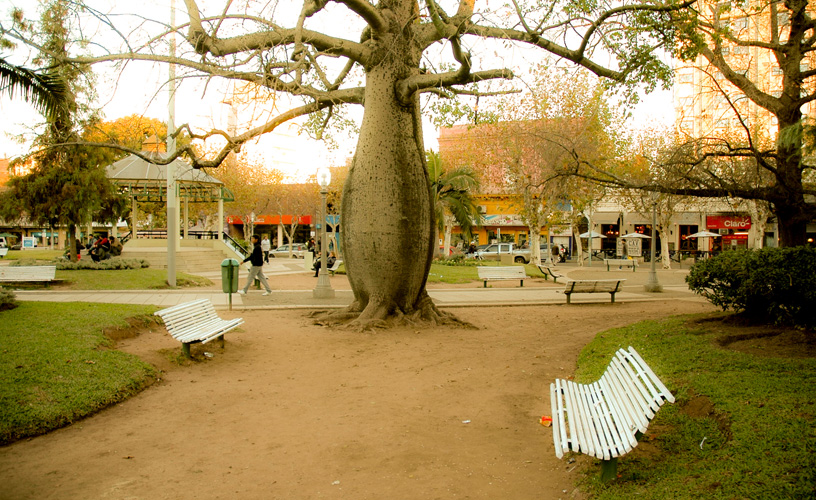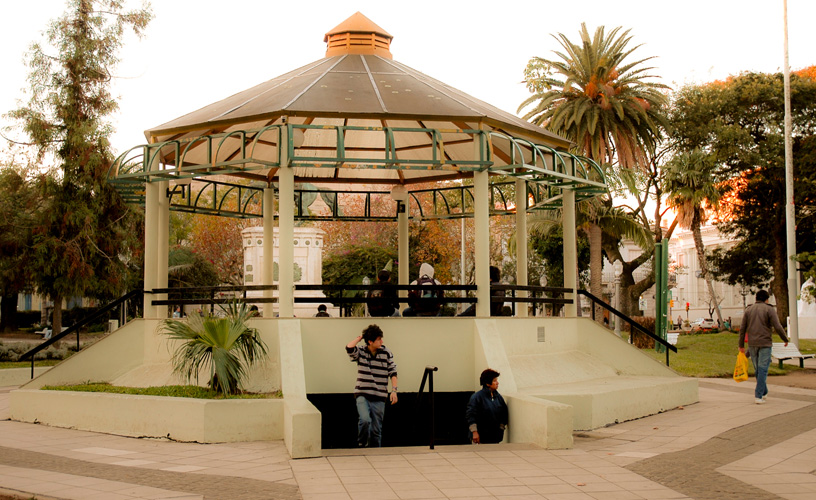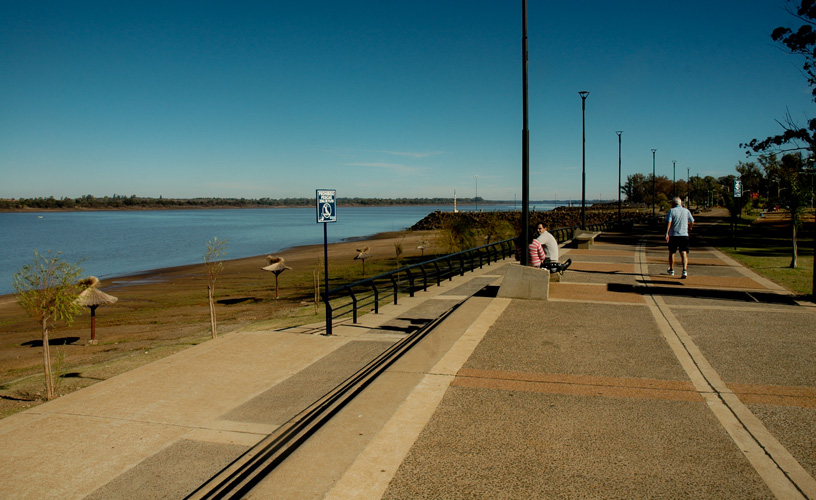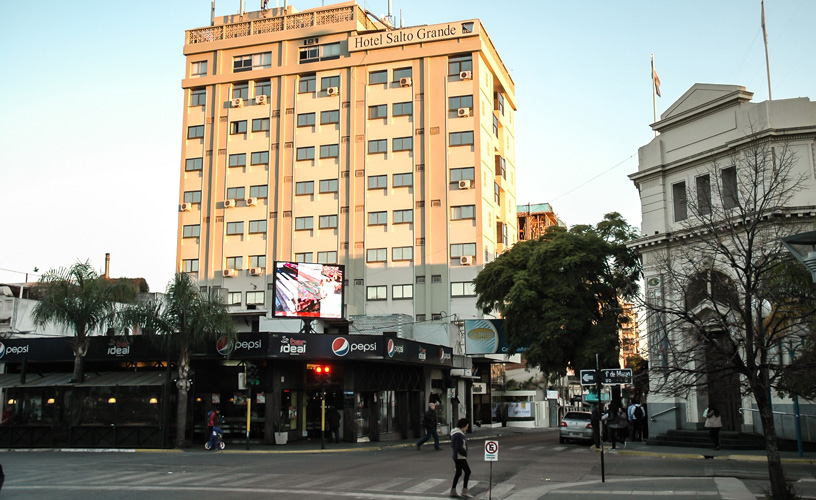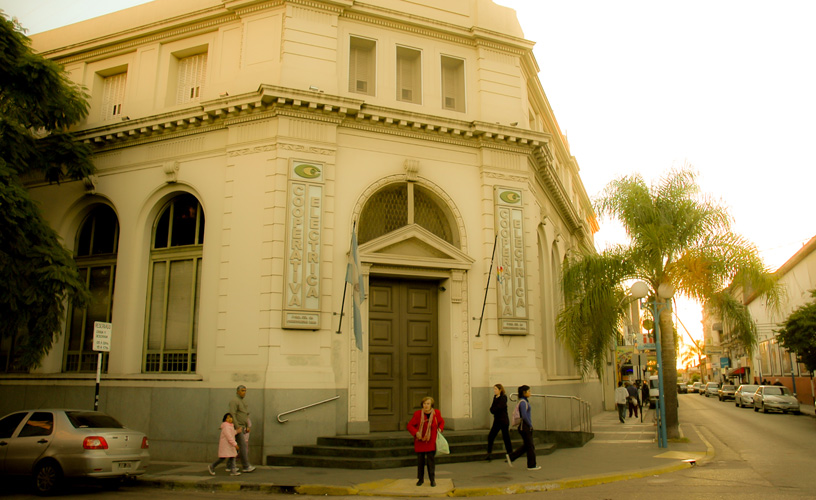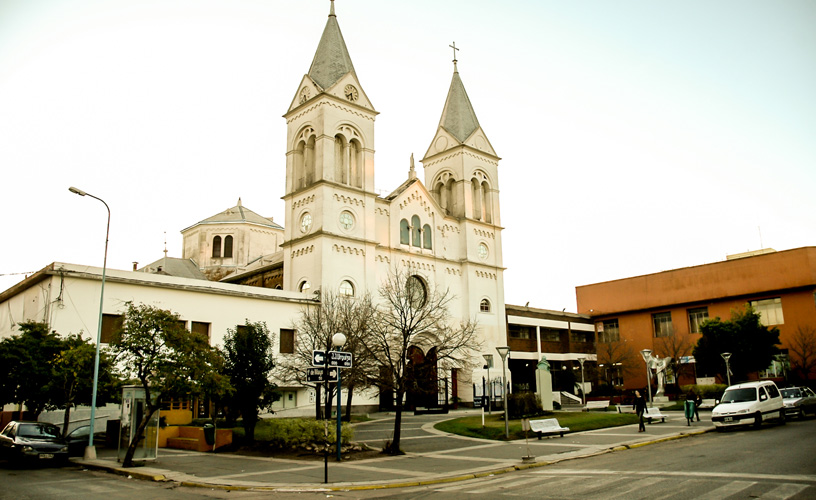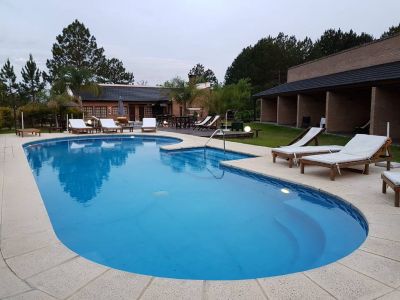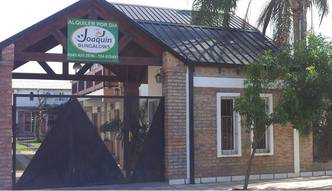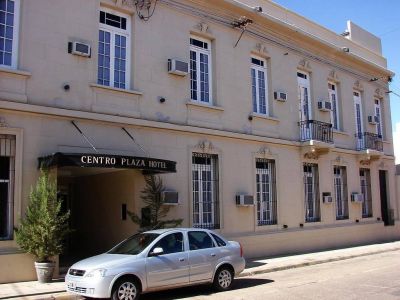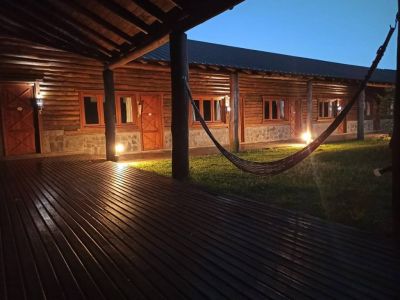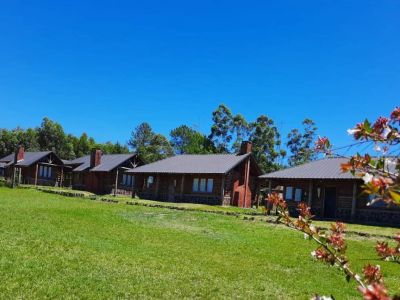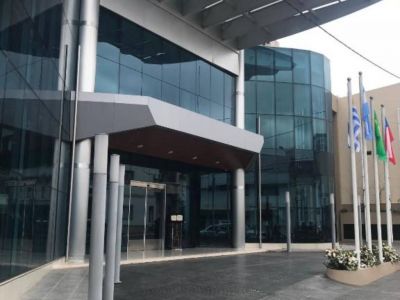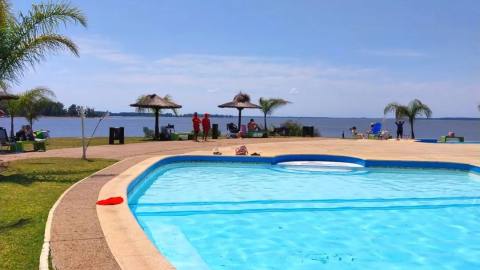The title summarizes the origin of this city. Concordia emerged on the banks of an unusual geographical feature formed by the Uruguay River: the famous Salto Grande (Large Waterfall), today turned into a dam. But it is much more than that.
Its beautiful natural attractions and its rich history are the pride of the Province of Entre Ríos. Concordia was founded in November 29, 1831 by a decree passed by the General Meeting held in Paraná and, since 1963, it has been acknowledged as the national capital of citrus culture.
On Heroes and Tombs
Five hundred years ago, the Jesuits raised a chapel in honor of San Antonio de Padua along with a small group of natives from Misiones. Today, the local cathedral pays well-deserved tribute to them.
At the beginning, these lands had been dwelled by primitive peoples that belonged to charrúa groups and by the guaraníes, who had come along from the North.
After the Spaniards and the Portuguese expelled the Jesuits, these lands were deserted until General Artigas started the eastern exodus in 1811 and 1812 and succeeded in making the City of Concordia be officially recorded by the maps of the time, twenty years later, in 1831. This fact represented the foundation of the city.
25 de Mayo Square is the main square in town. The usual institutions stand around it: the town hall, the tourist office, museums devoted to several themes and its picturesque local port. All these facilities turn the city into an interesting site to get lost around its streets. On Saturdays and Sundays, a big handicrafts market takes shelter in this beautiful square.
At Urquiza Square (another typical square in town), one of the buildings with the highest historical value in the city stands out: Arruabarena Palace. This French-style construction dates back from 1919 and was built with materials specially brought from Europe by request of one of the most traditional families in the area, after whom the palace was named. Today, the Regional Museum operates there. But whoever approaches this site may be delighted by its handicrafts as well as by its rich history.
The commercial center of Concordia lies on Entre Ríos Street, a pedestrian promenade that has become a classic in town along with the waterfront and the local port.
Visiting the Famous Dam
One of the most important works of engineering in our country stands at scarce 20 km from Concordia and it may be visited on a guided tour. It is the famous Salto Grande Dam, whose works began in 1974, but their history dates back from 1890, when Engineer Gregorio Soler gave a lecture at the Argentinian Congress on the convenience to take advantage of the falls generated by the Uruguay River in that place.
Salto Grande was the result of the use of these natural waterfalls and this gave origin to the City of Concordia. In the mid XIXth century, electricity appeared and, along with it, the hydroelectric power stations arose. Even if they had a high cost of construction, they had the advantage of having low maintenance costs. The river water is the only necessary energy.
In 1979, the reservoir began to take shape and the first of the fourteen turbines began to generate the longed-for electricity. It was not until 1982 that the first road and railway bridge joining Uruguay and Argentina was inaugurated.
Today, a vast and safe transmission system carries the energy produced at Salto Grande to consumers in both countries, providing supply to Uruguayan cities such as San Javier, Palmar and Montevideo, and Argentinian cities like most cities in the littoral area and giant Buenos Aires.
San Carlos Park and its Enchanted Castle
On the way back from the Salto Grande Dam, tourists may visit the famous San Carlos Park and its maximum protagonist, the castle standing in front of the immense Uruguay River. Rich in legends and anecdotes, this place could make up its own history. And it was so rich that countless characters passed through its rooms, including the Little Prince, the famous character from Antonie Saint Exupery’s story. The most attractive piece of information is that he landed in Concordia before he became who he would become.
The truth is that San Carlos used to be the crazy adventure of a couple of French actors that fled from Europe in search for the American Dream. Thus, Eduardo de Machy arrived in this area, supposedly to give origin to a salting house called “San Carlos”.
De Machy stayed at the Colón Hotel, which used to be the most splendid hotel in town, and he began to mingle with the authorities and the most outstanding characters in town. Eventually, he bought a piece of land to build his mansion. With the plans he had brought from France, the construction of the castle began in 1886 and finished in 1889, when the local society was inaugurated.
Even if the Machy family did not devote themselves to any of the companies or industries that brought them to America, they organized magnificent parties and took part in all events in town until one day they returned to Europe leaving everything behind as if they would be coming back some day.
Years later, the castle would become Concordia’s Rural Association. The municipality would also let it to a French family called Fuchs Balón, who lived in the castle for a long time and raised the most exotic animals these lands ever saw.
In 1935, the lease agreement expired and the family moved to a nearby estancia. The castle was empty for several years. Plundered and abandoned to the fortune of time, it was intentionally burned down in 1938. Today, visitors may see the ruins.
It was a real shame for a place that deserved a different kind of ending. However, and thanks to literature, San Carlos Castle remains magical and glowing in The Little Prince, just like what it used to be.
Pablo Etchevers
Pablo Etchevers
Phone: +54 345-4213905
